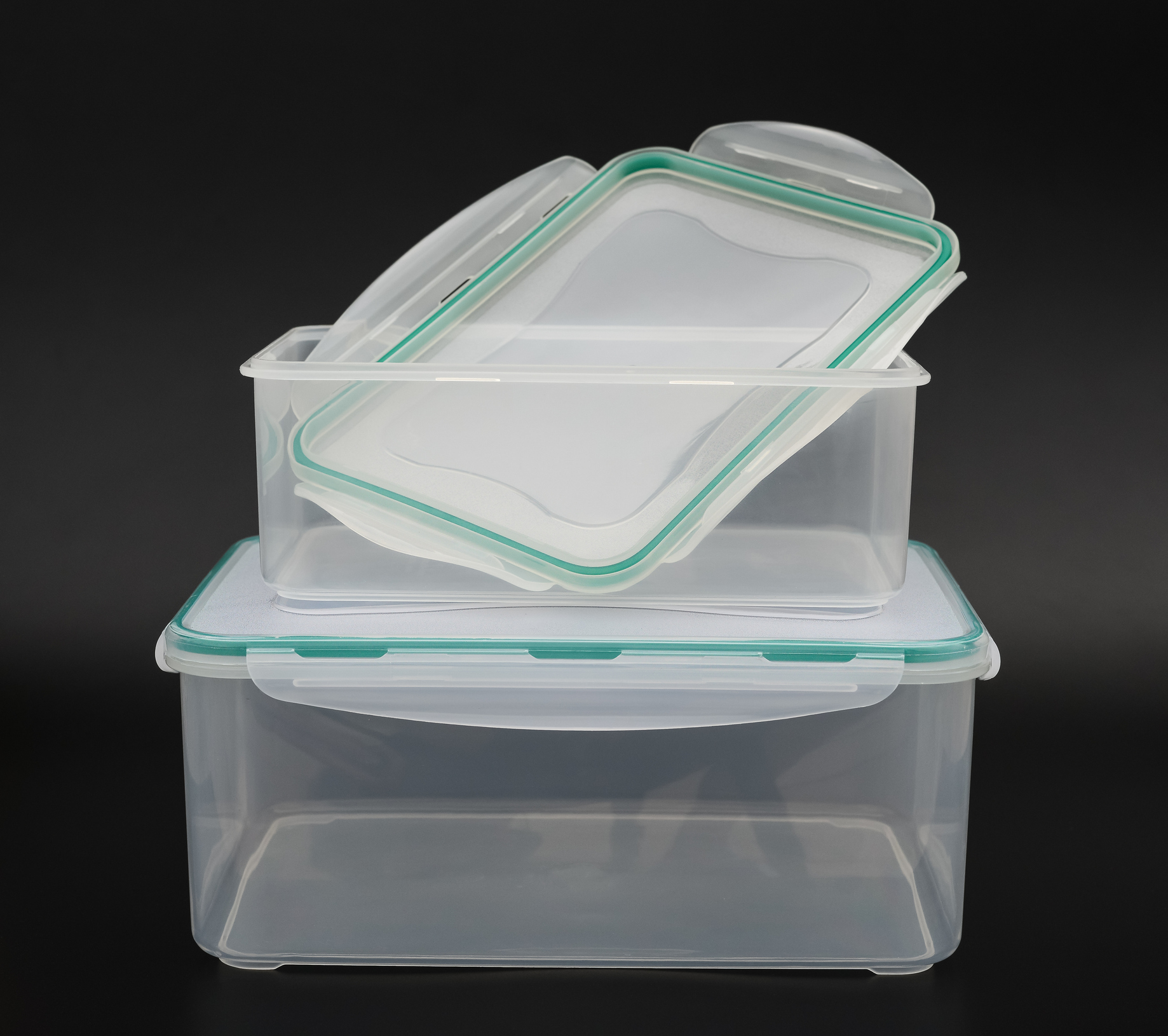
Are you in the mood to do a little organizing? Yes? I’m so happy to hear that. Today I’m going to review some common mistakes people make when they decide to do a little organizing. People will often just dive in and, as a result, go headfirst into some organizing pitfalls. Read this blog post first so you can avoid those common mistakes.
7 Organizing Pitfalls to Avoid
1. Buying Organizing Supplies Prematurely
The Container Store, Target, Home Goods, Walmart and other stores all have very attractive displays of organizing supplies. These displays are truly enticing. I admit to being a huge fan of organizing products. My favorite place to shop is The Container Store. The displays at the store I frequent is so tempting that I rarely go into the store unless I have a specific shopping list. Why? I’m so glad you asked! Because I know I would be tempted to buy things I don’t need in my house – even though they look so terrific in the store.
The problem here is that people will often go out and buy things that look awesome in the store without measuring the space they want to organize.
AND without knowing what will go into the bin, box, basket, or container.
The solution is to measure your space and assess your belongings first, then purchase supplies that fit your specific needs.
2. Not Decluttering First
This organizing pitfall is organizing things without taking the time to declutter them first. For example, organizing the clothes in a closet without first removing the clothes you no longer wear.
The solution is to declutter any area you want to organize first. Remove things that are broken beyond repair and toss or recycle them. Put anything you no longer need or use in a donation bag. Then organize the things that remain.
3. Tackling Too Much at Once
I don’t want to dampen your enthusiasm to organize your home but let’s be realistic here. It didn’t become disorganized overnight. It will take more than a day to put organizing systems in place.
The problem is thinking you can organize a whole house in a day. An entire room is many times too much to tackle in one sitting. Taking on too much is a prescription for overwhelm. It’s hard to stay motivated to make organizational changes when you’re overwhelmed by the enormity of the task.
The solution is to break the task of organizing your home into small, manageable tasks. Start small. Decide which room to begin with and then decide which part of that room to tackle first.
4. Not Having a Clear Plan
When you don’t have a vision of what you want the end result to look and feel like you may be jumping from small task to small task. Yes. You’ll get lots of random things done but you may feel dissatisfied.
The problem is beginning to organize without a vision in mind.
The solution is to create a plan, outlining the vision you have for how you want each area of your home to function, look, and feel.
5. Keeping Items Out of Guilt or Obligation
A common organizing pitfall is keeping things even though you don’t want, use, need, or even like them because (here are a few of the reasons)
- A friend or relative gave it to you
- It belonged to a dear relative
- It brings back the memory of …
- You think the friend or relative will expect to see it
- It served a purpose once, and may again – someday
The problem is that these things even though they were gifts or have sentimental value are clogging the valuable real estate in our homes
The solution is to be honest with yourself about what you really need, use, and love. Then release items that don’t serve a purpose in your current life.
6. Forgetting Labels
It’s important to label bins even if the bins are clear. At the time you’re putting things in the bin you think you’ll remember everything inside. The truth is that we all have so much to remember that those little details will be quickly forgotten. This is especially true of things we don’t access often.
The problem is using bins and boxes but not labeling them, making it hard to find items.
The solution is to label everything clearly to know what’s inside without opening every container. If you want to, you can use QR labels on bins. This makes labeling containers even easier. Keep a list of what each bin contains and then all you need to do is scan the QR code to find out what is in the bin. Easy Peasy!
7. Ignoring Maintenance
Remember organizing is a way to be not a destination. The final mistake people make when organizing is that they forget that being organized requires regular maintenance.
The problem is that people forget to build routine maintenance into their daily, weekly, and monthly plans. This leads to the buildup of clutter.
The solution is to create a regular plan to maintain the organizational systems you have put in place.
Do you recognize any of these 7 organizing pitfalls? If you do, I hope that reading this blog will help you avoid them in the future.
If organizing is on your mind or something you would like to get a better understanding of for yourself or your family, send me an email to schedule a free 30-minute phone call. You can reach me at dnqsolutions@gmail.com.
Diane N. Quintana is the owner of DNQ Solutions, LLC. She is an ADHD Organizing Specialist, a Hoarding Specialist, and a Chronic Disorganization Specialist. Diane is also an ICD Master Trainer, Certified Professional Organizer in Chronic Disorganization, Certified Professional Organizer and co-owner of Release Repurpose Reorganize LLC based in Atlanta, Georgia. She specializes in residential and home-office organizing.


Every single one of these is a truth bomb! The first two together remind me of what I tell my clients all the time. Buying organizing products before you declutter is like going out to buy a dress for a special occasion. If they don’t have your size, you can’t just say, “Oh, I’ll buy this one two sizes smaller and I’ll eventually diet to fit into it.” You may lose the weight, but you don’t know where (bosom? behind?) or how much. Don’t buy a dress until you can fit into it; don’t buy organizing supplies until you declutter and know how much you have, of what, and where!
#5 is a whole blog post on its own! And tackling too much at once not only makes it hard to build good, steady maintenance habits, but it’s also likely to wear a person out and make them resentful.
These are all key stepping stones. You could even use these as the basis of a book! ;-)
Thank you, Julie!
I think my favorite point is not having a clear vision of how you want your space to be. If you have a clear vision you are working towards a goal and that makes it easier to decide what should stay in that area and what should go.
Wow, gold star to all of these. Buying the products is the most fun part, so if you do that first, it can be hard to stay motivated to do the “drudge” work.
I’ve been guilty of trying to do too much at once. It’s because all the spaces sort of connect, so you start on one and then find yourself diving into another. I’ve had to learn the hard way to stick with the primary goal. It’s hard, though.
I’ve labeled a lot of spaces in my house, mostly in an effort to get others to comply with my systems. Now when someone asks, “Where is the ….?” I say, “Right here, where the label says …”
Thank you, Seana. I, too, have been guilty of doing too much in one sitting. I LOVE organizing things so, fo me, it’s a bit like eating potato chips, peanut, or popcorn – I can’t eat just one.